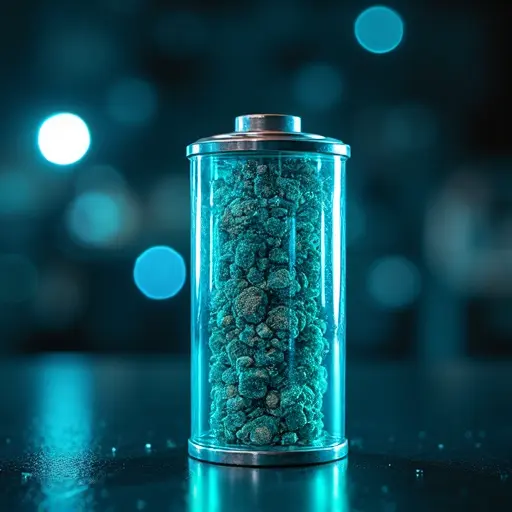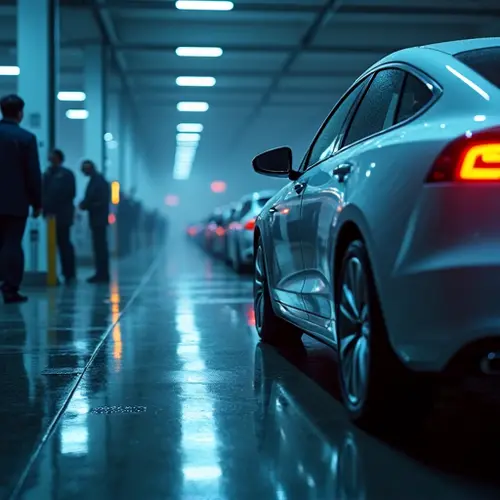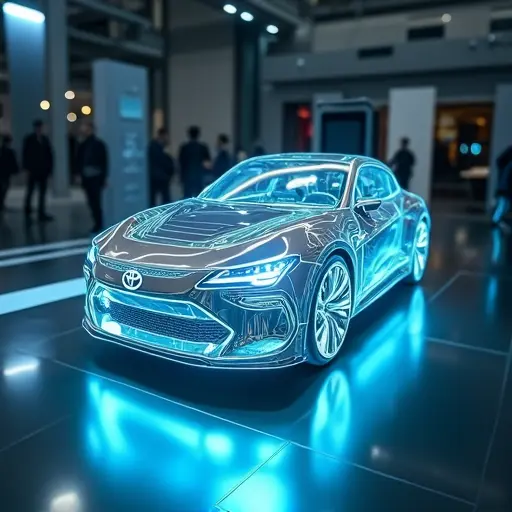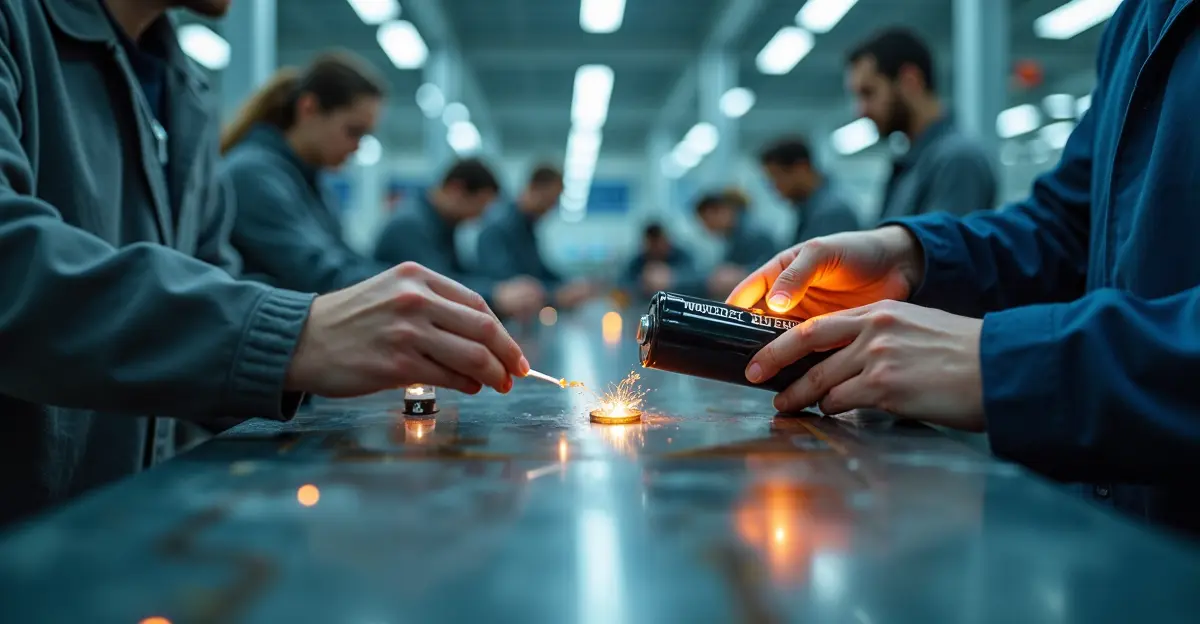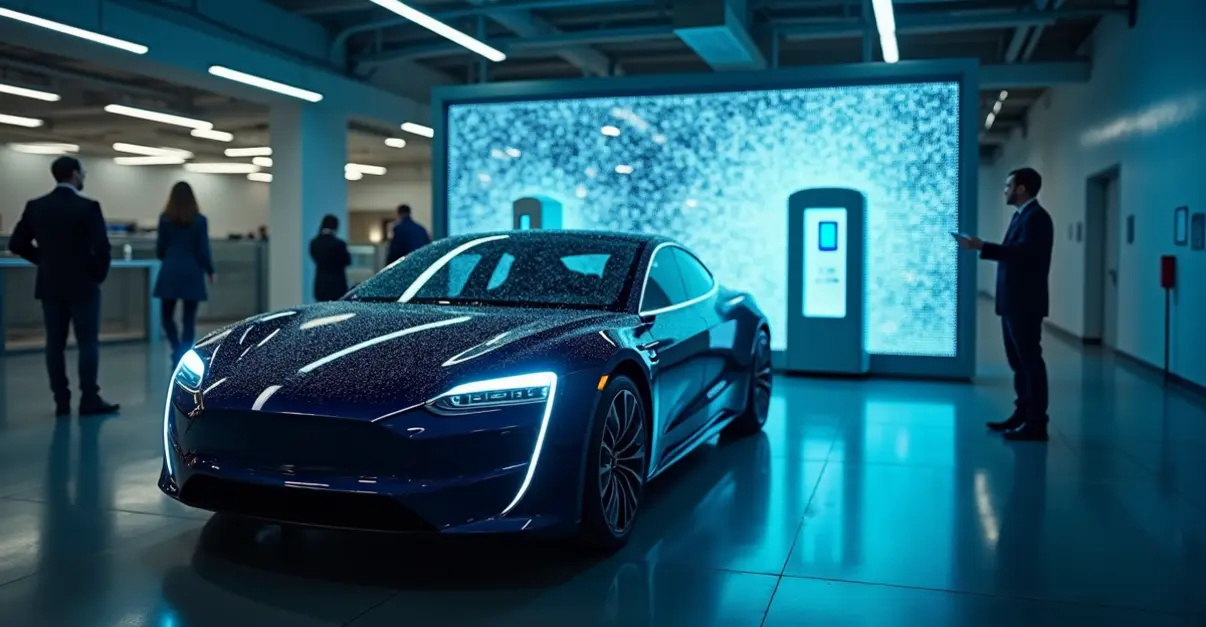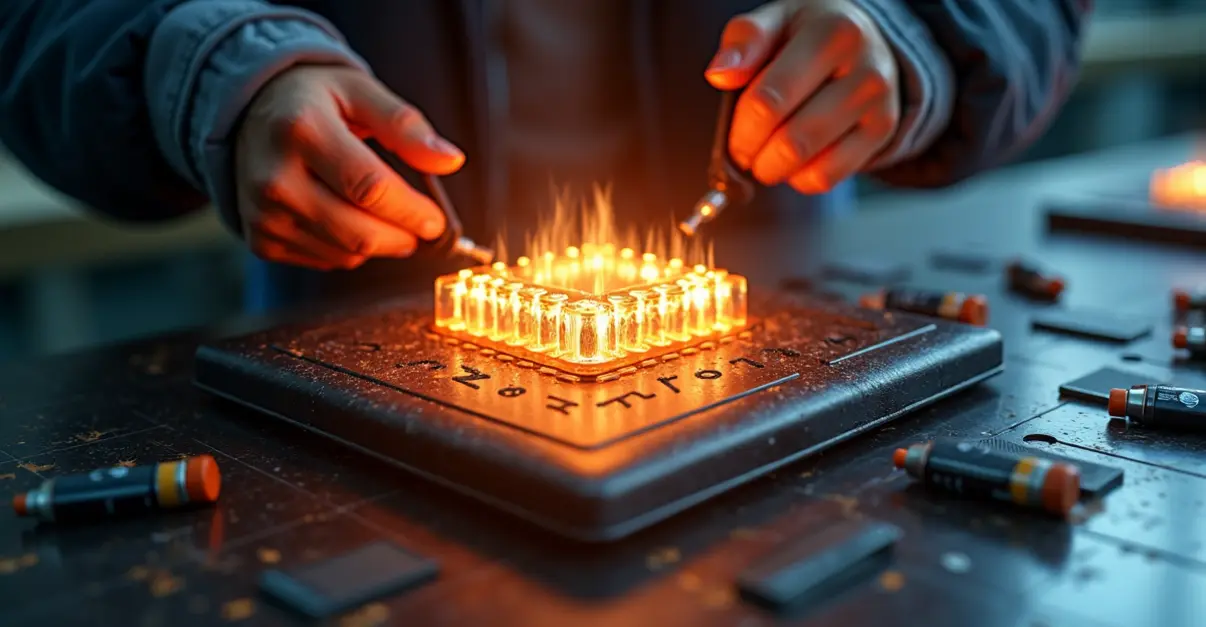Lab consortium announces solid-state battery breakthrough with 450 Wh/kg energy density, enabling 600+ mile EV range and 12-minute fast charging. Commercialization faces manufacturing challenges with mass production expected 2028-2030.
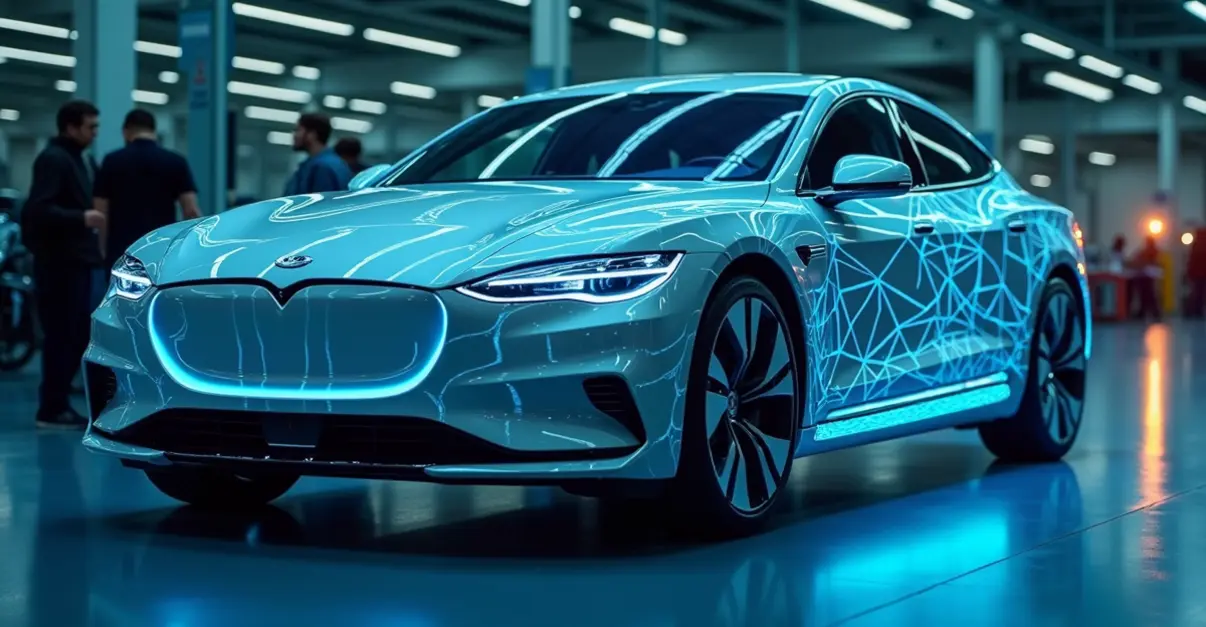
Major Technical Advance in Energy Storage Technology
A consortium of leading research laboratories has announced a groundbreaking development in solid-state battery technology that promises to revolutionize electric vehicles and energy storage systems. The breakthrough centers on a new ceramic electrolyte material that enables unprecedented performance while addressing long-standing safety concerns associated with conventional lithium-ion batteries.
Technical Performance Breakthrough
The newly developed solid-state battery achieves remarkable energy density of 450 watt-hours per kilogram, significantly surpassing current lithium-ion technology which typically reaches 250-300 Wh/kg. This advancement could enable electric vehicles to travel over 600 miles on a single charge, effectively eliminating range anxiety for most consumers. 'This represents a fundamental shift in battery technology rather than an incremental improvement,' stated Dr. Elena Vance, lead researcher at Quantum Energy Labs. 'We've solved the dendrite formation problem that has plagued lithium-metal batteries for decades.'
The battery's solid electrolyte eliminates the flammable liquid components found in traditional batteries, dramatically improving safety. Laboratory tests show the battery can withstand extreme temperatures and physical damage without risk of fire or explosion. Additionally, the technology enables ultra-fast charging capabilities, with the ability to charge from 10% to 80% capacity in just 12 minutes under optimal conditions.
Commercialization Challenges
Despite the impressive technical achievements, significant hurdles remain before these batteries reach mass production. Manufacturing complexity presents the primary challenge, as producing the ceramic electrolytes at scale requires specialized equipment and processes not yet established in the battery industry. 'The transition from lab-scale success to commercial viability is the real test,' noted Dr. Michael Chen from the Chinese Academy of Sciences. 'We need to develop cost-effective manufacturing methods that can produce these batteries reliably and affordably.'
Material costs also remain a concern, with current estimates suggesting solid-state batteries would cost approximately 50% more than conventional lithium-ion batteries at similar production volumes. However, researchers project that costs could fall below $100 per kilowatt-hour by 2030 as manufacturing processes mature and economies of scale are achieved.
Industry Response and Timeline
The automotive industry has responded with cautious optimism to the announcement. Major manufacturers including Toyota, Volkswagen, and BMW have accelerated their solid-state battery development programs in response to the breakthrough. Toyota, which holds the most patents in solid-state battery technology, has announced plans to begin mass production in early 2026, targeting energy densities of 320 Wh/kg initially.
Startup companies like QuantumScape and Solid Power are also making significant progress, with pilot production lines expected to be operational within two years. 'We're seeing unprecedented investment and collaboration across the industry,' commented Sarah Johnson, an analyst at Clean Energy Research Group. 'The race to commercialize solid-state batteries has intensified dramatically in recent months.'
Current industry roadmaps suggest prototype demonstrations will occur by 2027, with large-scale commercialization expected between 2028 and 2030. The timing aligns with global efforts to transition to electric transportation and meet climate targets.
Global Competition and Implications
The breakthrough has intensified the global competition in battery technology development. China is aggressively scaling up production capacity, with companies like CATL and BYD targeting 2027-2030 for mass production. Japanese companies maintain strong patent positions, while Korean battery giants are building large pilot lines for 2027 targets.
The implications extend beyond electric vehicles to grid storage and consumer electronics. Solid-state batteries' improved safety and longer lifespan make them ideal for stationary energy storage applications, while their higher energy density could enable smartphones and laptops with significantly longer battery life.
As Dr. Vance concluded: 'We're not just improving batteries; we're enabling a cleaner, more efficient energy future. The potential applications are limited only by our imagination.'
Sources: Ars Technica, Christopher Chico, CleanTechnica

 Nederlands
Nederlands
 English
English
 Deutsch
Deutsch
 Français
Français
 Español
Español
 Português
Português




